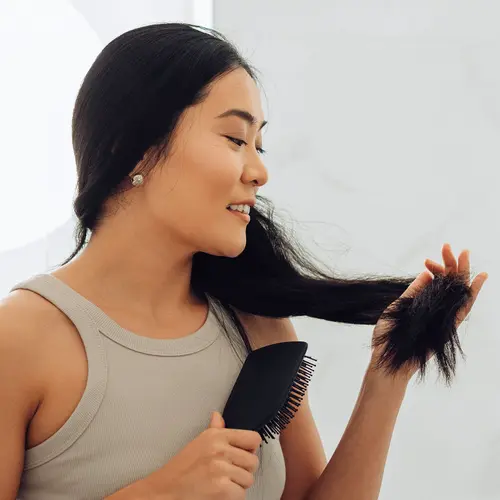Most lipsticks are made from three basic ingredients: wax, oil, and pigment.
Pigment is the color. Waxes provide shape and a spreadable texture. Oils -- such as petrolatum, lanolin, cocoa butter, jojoba, castor, and mineral -- add moisture.
The oils also change the intensity of the lipstick's formula -- more oil means a more sheer application, less oil results in a richer pigment.
If you've heard lipstick contains lead, it's not added intentionally and isn't dangerous, says cosmetic chemist Nick Morante, president of Nick Morante Cosmetic Consultants in Holbrook, N.Y. "The amount of lead is likely to be in the parts per billion and a normal result of the manufacturing process."
How to Get a Lipstick Stain Out
To get a lipstick stain off clothes without a trip to the dry cleaner, start by dusting cornstarch or baking soda on the stain. Place a cloth or towel on an ironing board and lay the stained garment on top of it with the stained side facing the cloth. Iron to release the pigment. If any traces remain, try a gentle wash in dish washing liquid.
Lipstick Tip
Poppy King, creator of Lipstick Queen, suggests using an undereye concealer on your lips before lipstick. The concealer's cream blends with your skin, and the thicker consistency stays in place so none of the lip pigment can seep out.
Lost Your Lipstick Shade?
Was your favorite shade discontinued? Search eBay or send a sample to Three Custom Color Specialists to duplicate. For $55 they'll make two tubes of hue just for you.

